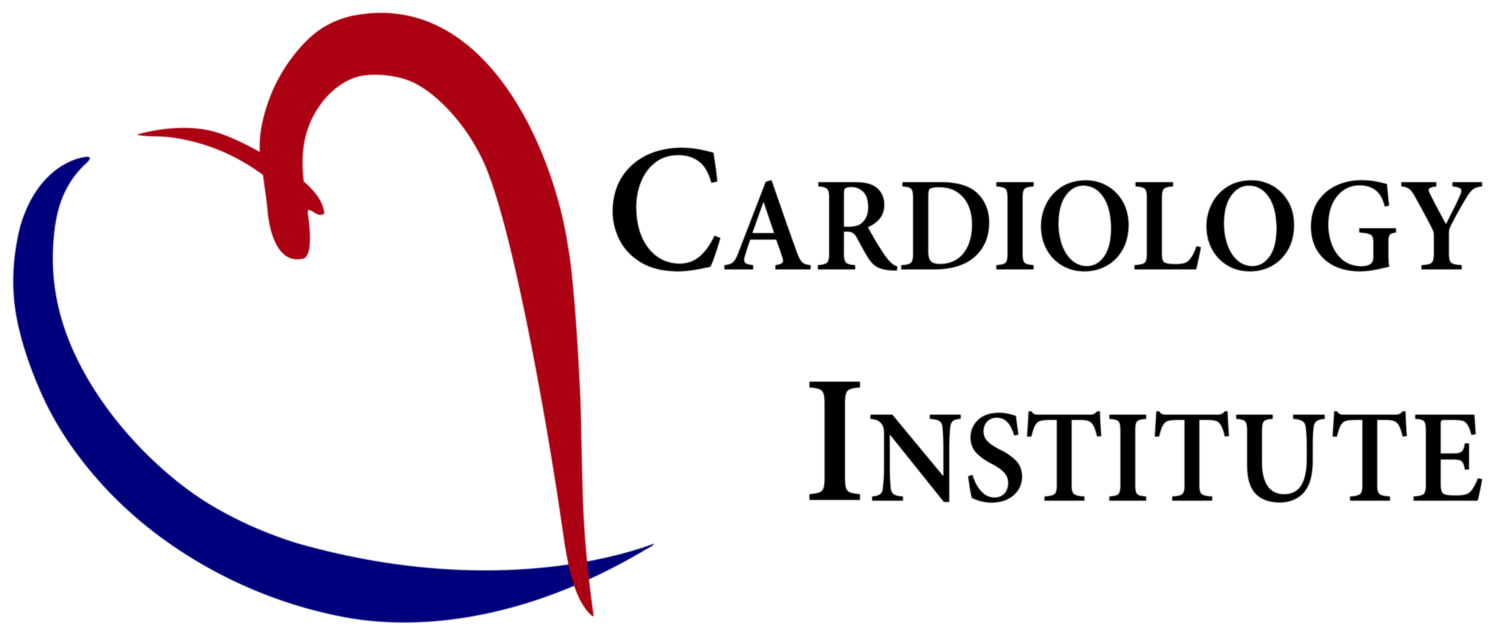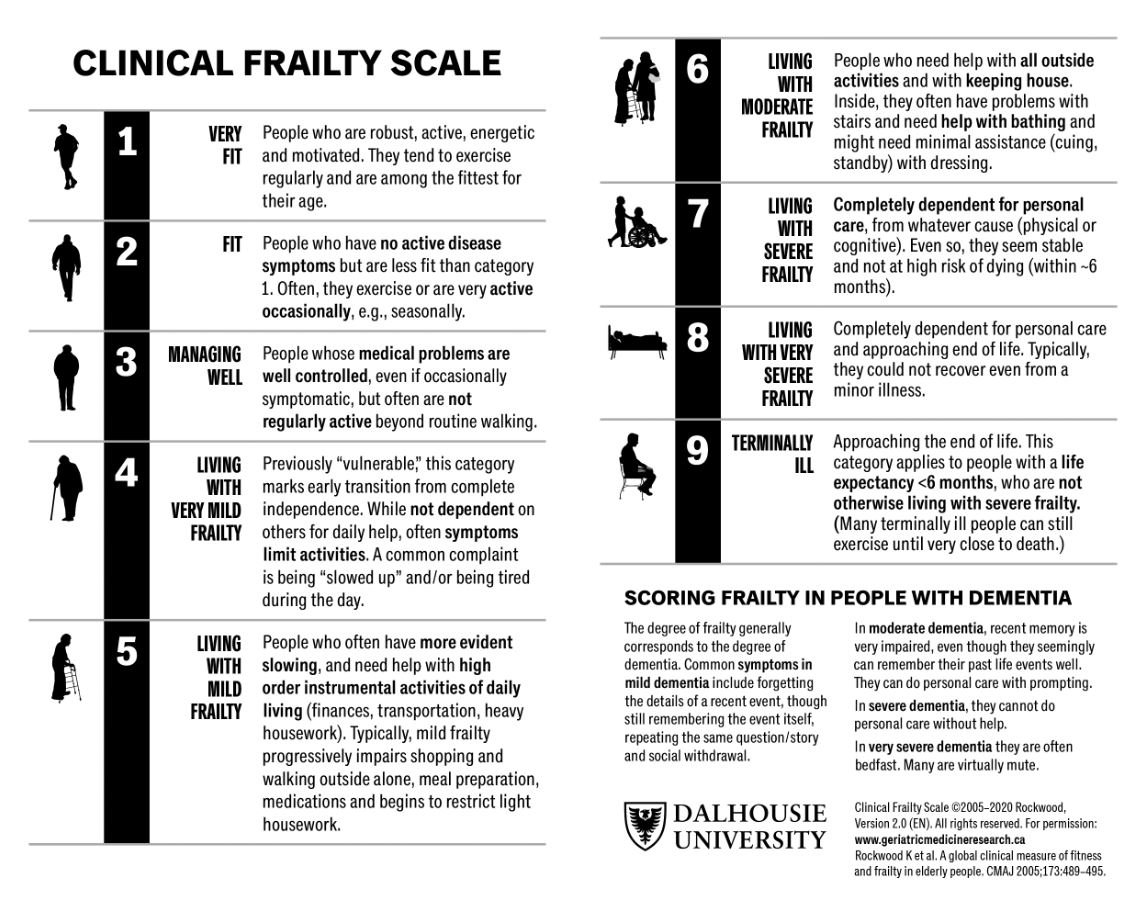Frailty is relevant to cardiology because the disease process predispose to physical impairments that ultimate worsen the cardiovascular illness.
- The phenomenon of increased vulnerability to stressors due to decreased physiological reserves leads to poor clinical outcomes after cardiovascular insults.
- Equally CVD worsens frailty due to hospitalisation, debilitation, immobility, systemic illness that underpins physiological deterioration in physical frailty.
- In cardiology, frailty is highly prevalent in patients with heart failure, valvular heart disease, but also myocardial infarction.
Pathophysiologic mechanisms include cognitive decline, physical inactivity, poor nutrition, lack of social supports.
Conceptual domains of frailty syndromes
Physical frailty
Cognitive frailty
Psychosocial frailty
Nutritional frailty
One of the greatest difficulties with frailty assessment is the complexity of such measurement.
- In routine clinical practice, different indices measure different domains with different emphasis.* The lack of time is also a major barrier.
Below are some of the more commonly used indices.
Fried Frailty Index
Unintentional weight loss - >5% body weight in last year, or BMI <18.5
Exhaustion - felt unusually tired or unusually weak “all of the time” or “most of the time”
Low activity - frequency of mildly energetic, moderately energetic and very energetic physical activity.
Slowness - either average walking speed over 4m course, or timed up and go test
Weakness - maximal grip strength
Frail = 3+/5, prefrail = 1-2/5; non-frail = 0/5
Edmonton Frailty Scale - https://edmontonfrailscale.org
Clock test
Hospital admission in last year
Self reported health
Activities that require assistance
Social support
Number of medications (>5)
Forget medications?
Weight loss
Depression
Urinary incontinence
Timed up and go test
Clinical frailty scale, pictorial - https://www.dal.ca/sites/gmr/our-tools/clinical-frailty-scale.html
References
Ijaz et al. J Am Coll Cardiol. 2022 Feb, 79 (5) 482–503
*Langsted, Benatar, Kerr, Bloomfield, Devlin, Sasse, Smythe, To, White, Wilkins, Stewart R. under submission


